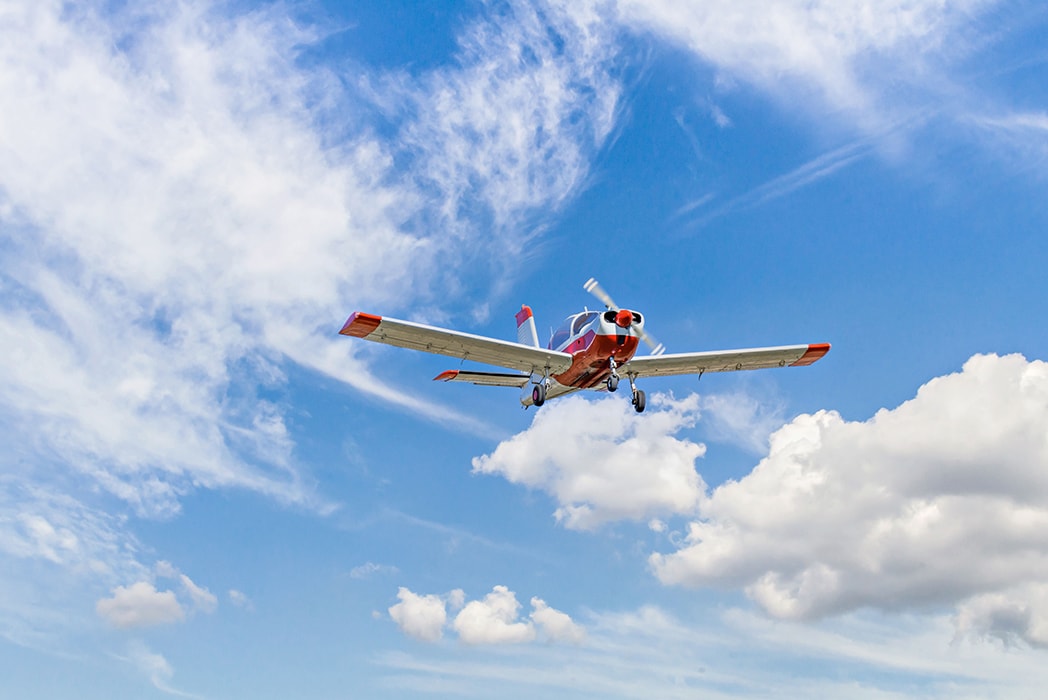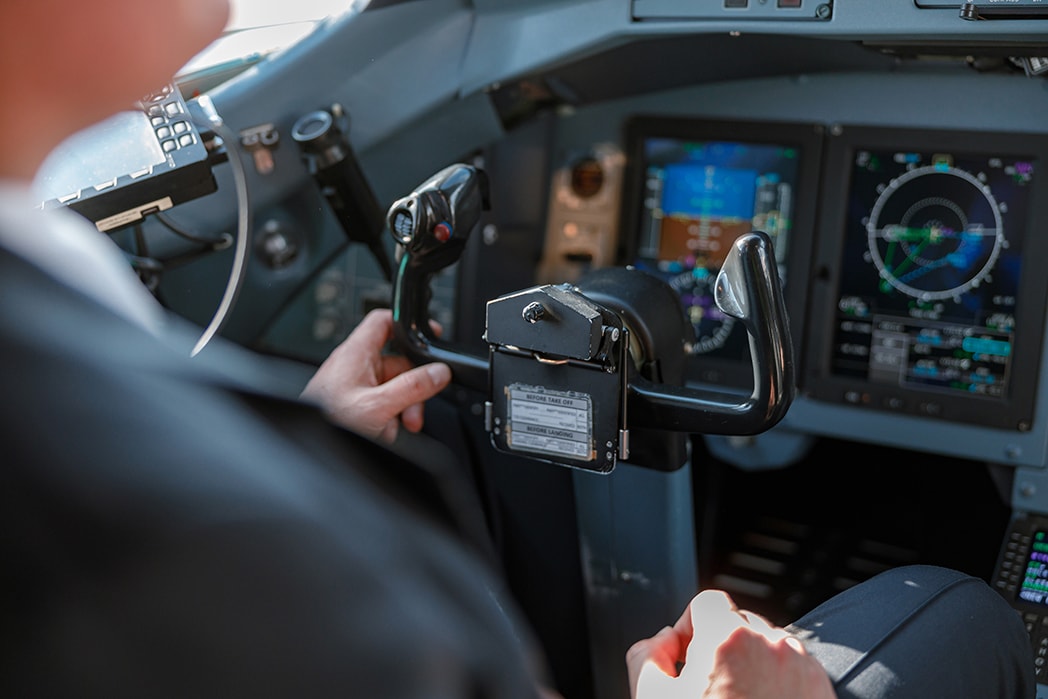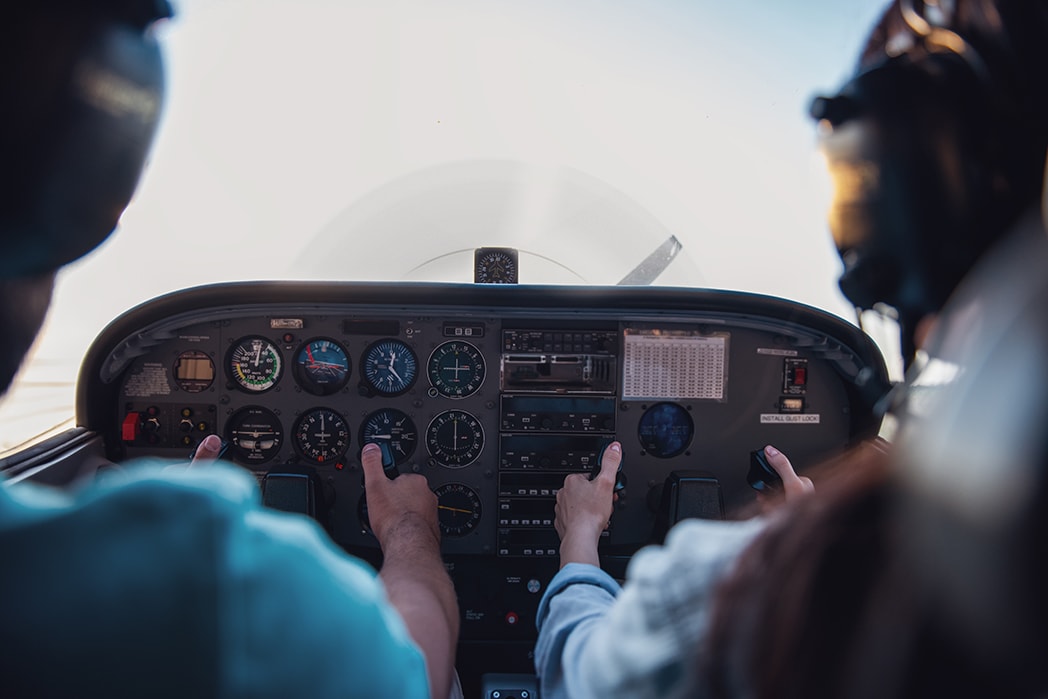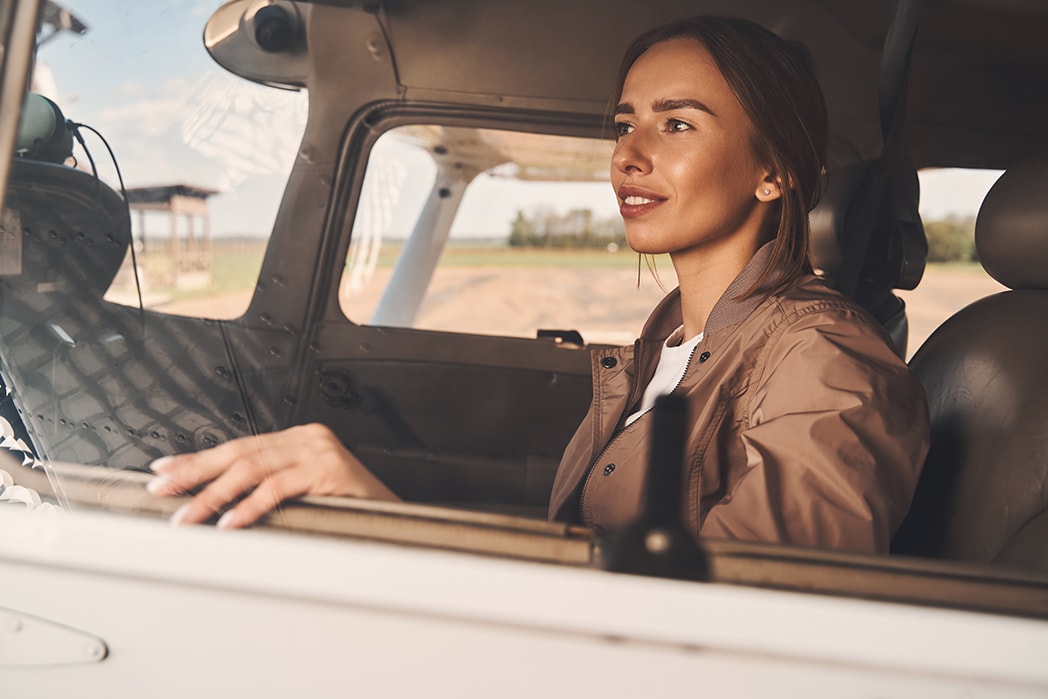Private Pilot Endorsements: Essential Flight Approvals
Jul 21, 2025
Private pilot endorsements are the approvals that add to your flying privileges. They allow you to fly different aircraft and do different things.
In this post you’ll learn about the top endorsements, how to get them and what they allow you to do.
For those curious about how big the private pilot community really is, you might be surprised to learn how many private pilots in the US are actively flying today a number that highlights just how important endorsements are for expanding flight privileges.
Key Takeaways
-
Pilots need to get various endorsements like Tailwheel, High-Performance and Complex Aircraft endorsements to gain the skills and ratings to fly different types of aircraft.
-
Endorsements like High-Altitude and Multiengine Ratings expand a pilot’s capabilities and opportunities in the aviation world and allow for more advanced flying.
-
Keeping accurate records of endorsements in your logbook is key to verifying your qualifications and compliance with regulations.
Tailwheel Aircraft Endorsement

The tailwheel endorsement is the key to flying classic and vintage aircraft, including warbirds from the golden age of aviation.
These aircraft, like the Piper J-3 Cub and the Aviat Husky, require pilots to develop specific skills to handle the unique challenges of tailwheel flying.
Getting a tailwheel endorsement involves demonstrating proficiency in normal and crosswind takeoffs and landings, wheel landings and go-arounds.
Instructors usually add in stalls, steep turns and emergency procedures to round out the training.
There is no minimum flight time required for this endorsement. Once you complete the training an authorized instructor will sign you off in your logbook and you’ll have reached a major milestone in your flight training.
High-Performance Aircraft Endorsement

A high-performance aircraft endorsement is required to fly a high performance airplane with engines over 200 horsepower. This endorsement allows you to fly advanced general aviation airplanes like the Cirrus SR22 and Beechcraft Bonanza which are faster and more efficient.
To qualify for a high-performance endorsement you will need to complete ground and flight training. Most pilots receive training in aircraft that provide real-world exposure to the increased performance and complexity.
This ensures you can handle the increased power and performance of these airplanes. The endorsement adds capability and opens up more opportunities so you can fly faster and more powerful planes.
An instructor will sign off in your logbook once you have demonstrated proficiency. Although a one time achievement this is a big milestone in a pilot’s career and opens up new possibilities.
Complex Aircraft Endorsement

Complex aircraft, with retractable landing gear, flaps and controllable pitch propeller require a specific endorsement to fly.
The complex aircraft endorsement means you have mastered the complex systems.
You will need to do ground and flight training with an authorized instructor in a complex aircraft, simulator or training device to get trained.
While there is no minimum flight time required, the training process is thorough and challenging.
Once you show proficiency the instructor will sign your logbook and confirm you are able to fly complex aircraft safely and effectively.
This endorsement is proof of your advanced skills and ready to tackle more advanced aviation.
High-Altitude Endorsement
Pilots who want to fly above 25,000 feet MSL need a high-altitude endorsement. This is required for that altitude. This endorsement is necessary for pressurized aircraft at high altitude where there are unique physiological and aerodynamic challenges.
High-altitude endorsement training covers high-altitude aerodynamics, hypoxia effects and emergency procedures for rapid decompression.
Pilots also learn about supplemental oxygen use and the physiological effects of high-altitude flight.
Training must be done in a pressurized aircraft or a simulator representative of such an aircraft.
Once you complete the training an instructor will sign your logbook and certify you for high-altitude operations. This endorsement not only makes you safer but also expands your privileges.
Multiengine Rating
Getting a multiengine rating is a big deal in a pilot’s career, it means you can fly an aircraft with multiple engines. This rating requires specialized training, typically 7-15 hours of flight time.
Pilots qualify for a multiengine rating by passing a practical test, which includes an oral and flight test. Conducted by an instructor, this test checks if you can fly multiengine safely and effectively. No written test is required for this rating.
Cost of getting a multiengine rating varies, typically $2,000 to $6,000 depending on aircraft rental rates. Worth the investment, this rating opens up more aircraft to fly and advance your aviation career.
Additional Class Ratings
Adding a class rating to a pilot’s certificate number allows them to fly different types of aircraft within the same pilot certificate level. For example, pilots can add a single engine sea or multi engine land rating and fly more aircraft.
Adding an additional class rating requires 2 endorsements from an instructor and a checkride to demonstrate competence in both knowledge and operational areas. The regulatory requirements for adding a class rating are found in 14 CFR 61.63.
Interestingly, no flight time is required to add an airplane class rating and no additional knowledge test is required if you already have a certificate. This is great for broadening your skills and operational scope.
Glider Endorsement
If you love the peacefulness of glider flying a glider endorsement is a great addition to your pilot certificate. This endorsement allows you to fly gliders and experience the unique challenges and joys of unpowered flight.
Getting a glider endorsement involves demonstrating proficiency in specific procedures through ground and flight training. This includes tasks such as ridge soaring, thermal flying and emergency procedures specific to glider flying.
Once you have completed the required training an instructor will sign off in your logbook and you can fly gliders under certain conditions. This endorsement adds to your versatility and broadens your understanding of aviation.
Solo Flight Endorsements

Solo flight endorsements are a big deal for student pilots, it means you’re ready to fly without an instructor. To get a solo flight endorsement you have to pass aeronautical knowledge test and show flight proficiency.
Instructors play a big role in determining if a student is ready for solo flights, making sure they follow safety and regulatory guidelines.
Solo flight endorsements usually come with limitations, such as distance from the departure airport and weather conditions.
These are formal declarations, allowing student pilots to fly solo under certain conditions including flights leading up to a solo cross country flight and certifies important training milestones in their journey to becoming licensed pilots and pilot endorsements required, giving them the privilege to fly on their own and endorsed by their instructors as outlined in the applicable sections of the operation, providing guidance.
Solo Cross-Country Endorsements
When student pilots are ready to fly beyond the local airport, a solo cross-country endorsement is required for flights over 25 miles. These endorsements are key to building navigation skills and flight planning.
Instructors verify student pilots’ preflight planning and preparation before issuing a solo cross-country endorsement to make sure the destination and route comply with regulations.
The solo cross-country endorsement process is thorough so student pilots are well prepared for the challenges of solo flying and have completed a big step towards getting their full pilot certificate and being able to fly solo.
Recordkeeping for Endorsements
Keeping track of your endorsements is important for documenting your qualifications and training milestones. All endorsements must be recorded in your logbook, which is your official training record of your abilities.
Solo flight endorsements are good for 90 days and you need to renew them to continue solo flying. This ensures you stay current and up to date with your training.
Instructors also need to keep solo flight endorsements for at least 3 years to comply with documentation standards and regulations. Good recordkeeping is important for both pilots and instructors to verify training and endorsements.
Summary
Becoming a private pilot is a journey of many endorsements that add to your abilities and opportunities. From tailwheel to high altitude, each endorsement is a big deal and opens up new doors in aviation.
If you’re a part time pilot, each endorsement you earn helps you make steady progress, even with limited training time. They not only keep you safe and proficient but also unlock your full aviation career.
So go for it and enjoy the challenges and rewards of getting these endorsements. Fly high and enjoy the sky’s the limit!
Frequently Asked Questions
What is the purpose of a tailwheel aircraft endorsement?
A tailwheel endorsement allows you to fly classic and vintage aircraft, so you’re proficient in crosswind takeoffs and wheel landings. It’s a safety and skill thing for these types of planes.
How do I qualify for a high-performance aircraft endorsement?
To get a high performance endorsement you need to complete ground and flight training in an aircraft with an engine over 200 horsepower and get an endorsement from an authorized instructor.
What are the requirements for obtaining a complex aircraft endorsement?
To get a complex endorsement you need to complete training in a complex aircraft and demonstrate proficiency in retractable landing gear, flaps and a controllable pitch propeller and get an endorsement from a qualified instructor.
Why do I need a high-altitude endorsement?
A high altitude endorsement is required to fly above 25,000 MSL in pressurized aircraft as it ensures you’re trained in physiological considerations, emergency procedures and high altitude aerodynamics. It’s a safety and proficiency thing for flying in tough environments.
How long is a solo flight endorsement valid?
A solo flight endorsement is generally valid for 90 days, after which it must be renewed to retain solo flying privileges.
